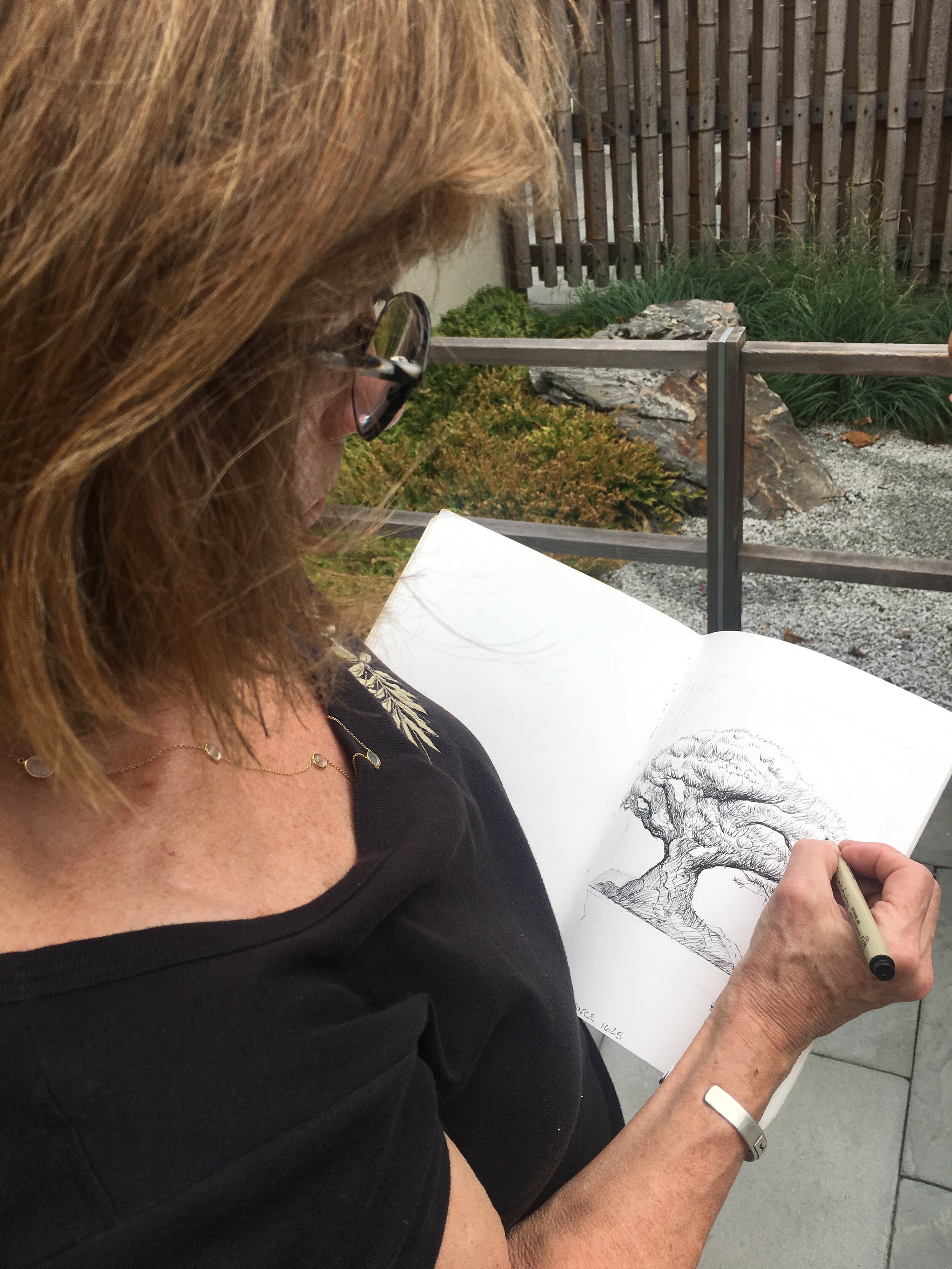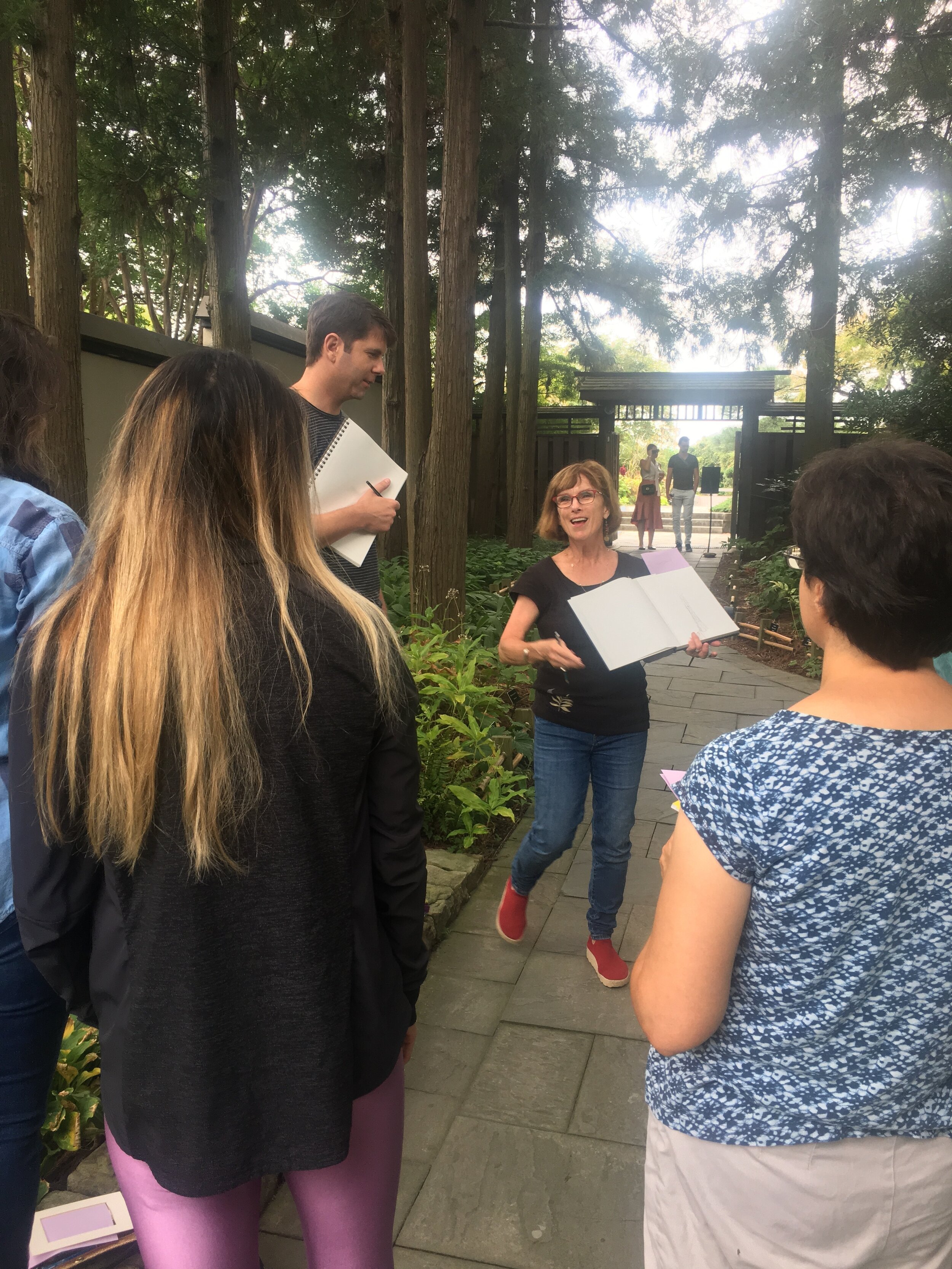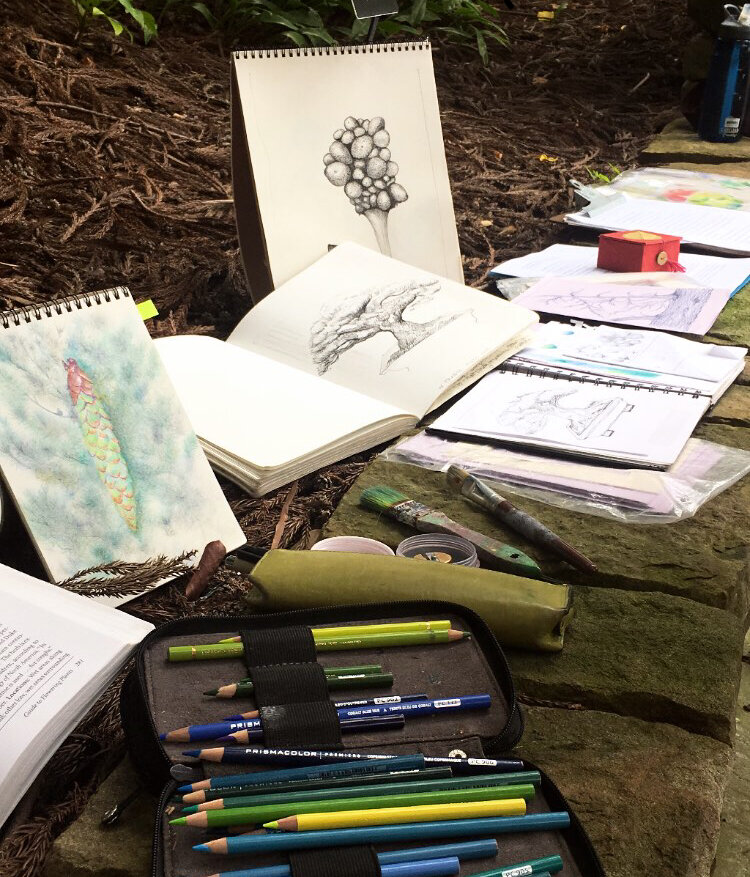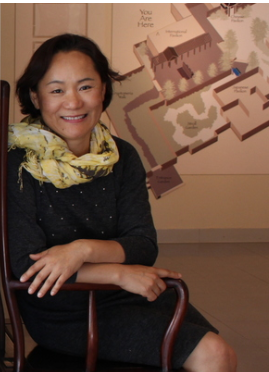If you’re not familiar with the nuances differentiating bonsai – which originated in China and has been popularized by the Japanese – from the Chinese art of penjing, the two forms probably seem very similar or even identical. But with a little background, you’ll see there are important differences that distinguish most penjing from bonsai. We spoke with renowned penjing master, Zhao Qingquan, to bring you this blog.
Zhao was born in Yangzhou City, China, where his father – a penjing enthusiast – first introduced him to the art of penjing. Other than his father, the most influential figure in Zhao’s life was his professor Xiaobai Xu, who bolstered his penjing knowledge.
“I am always proud of my final choice of the penjing as a career,” he says.
As Zhao explained in Penjing: Worlds of Wonderment: “In the Chinese language, we distinguish between three kinds of penjing, shumu penjing (tree penjing), shanshui penjing (which literally translates to “mountain and water penjing” but is usually called “landscape penjing” or “rock penjing”) and shuihan penjing (water-and-land penjing).
Zhao says that artists in China constantly innovate and develop penjing forms, so the style and content of the art form is becoming increasingly varied, but all have the “same essence of applying natural materials to express natural landscapes.”
Zhao explains that bonsai is actually the same as shumu penjing (tree penjing), one of the three categories of penjing. Tree penjing (bonsai) uses containers to display natural trees and plants, and artists will use wiring, pruning and chiseling techniques to create the composition’s dominant elements, he says.
In contrast, the second category of mountain and water penjing take the form of landscape scenes: artists will cut and reshape rocks to embody islands or mountains and often add small live plants to flesh out the scene, Zhao says. In the third category of water-and-land penjing, artists depict more “complete” scene, using materials like soil and water, as well as miniature figurines, he adds.
Zhao points out that “as an art aiming at ‘seeing the big from the tiny,’ penjing is often created as a method of self-expression to convey personal emotions.”
He reflects that humans naturally desire a tranquil life that immerses us in nature, but we often alienate ourselves from our natural environment to focus on work and family. Zhao says the pressure to survive in a modern and increasingly industrialized world facilitates humans’ tendencies to not prioritize connections with nature.
“Penjing art allows us to pursue peacefulness and tranquility in our inner hearts and fulfill our desires of being part of nature,” he said. “Therefore, penjing as an old traditional art has been renewed.”
Penjing is a traditional Chinese art that can be traced back to as early as the Tang Dynasty (618-907 A.D.). Bonsai (tree penjing) was brought to Japan during the Southern Song Dynasty of China (1127–1279) or the late Heian Period in Japan (794–1192), Zhao says.
Three nationwide penjing communities have been established successively in China: the Chinese Society of Landscape Architecture Flower Penjing Suiseki Association, the Chinese Penjing Artists Association, and the Penjing Branch of China Flower Association.
“As an art form expressing the human desire to love nature and peace in the world, penjing has gained increasing popularity around the globe,” Zhao says. “Penjing is used to decorate our homes and to cultivate self-expression, helping us achieve a healthier and happier life.”






























